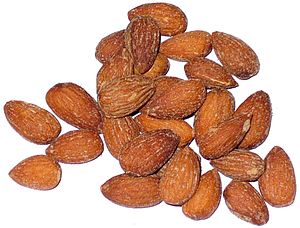Menopause and Insomnia
 |
| Menopause and Insomnia |
Insomniacs sleep is chock-full of waking up at frequent times during the night, waking up too early, and light sleep where the ticking of a hand clock may jolt you awake. This condition occurs during menopause because it is a side-effect of other menopausal symptoms like hot flashes and general physical and mental discomfort. When your body is dealing with night sweats, it’s easy to have your sleep interrupted, which makes it even more difficult to be sharp and at your best during the day.
Consuming stress-inducing foods loaded with things such as caffeine can further stimulate tension, so it is important to maintain a caffeine-free diet. Avoid drinking coffee as late in the day as possible. Do not over stimulate your nervous system. Release tension by learning hatha yoga postures or how to breath deeply and mediate. Try altering your sleep arrangements. If you find that your pillow is not soft enough, or maybe it’s too elevated for your head, make adjustments. If you find that the polyester blankets you’re lying on does not relax the contours of your body – switch them. It takes effort to accommodate these changes and make yourself as comfortable as possible.
 |
| Smoked almonds for insomnia |
There are many causes for insomnia that stem from menopause. Depression is characteristic of this transition and can negatively influence your sleep. Decreasing estrogen levels can cause the on-set of depressive symptoms. In the menstrual cycle, ovulation causes progesterone (which has soothing effects on the mind and body) to be released.
Irregular cycles may cause anxiety to build-up, as a result of the lack of this ¨happy hormone.¨ For some people, taking melatonin is enough to get a restful night. For others, a prescription sleeping pill is necessary. Some women swear by black cohosh to help with body flushes as well as natural sources of progesterone.
In any case, it is important to consult with your doctor in order to decide together what treatment is best for you.
The information in this article is for educational purposes only, and is not intended as medical advice.
No comments:
Post a Comment